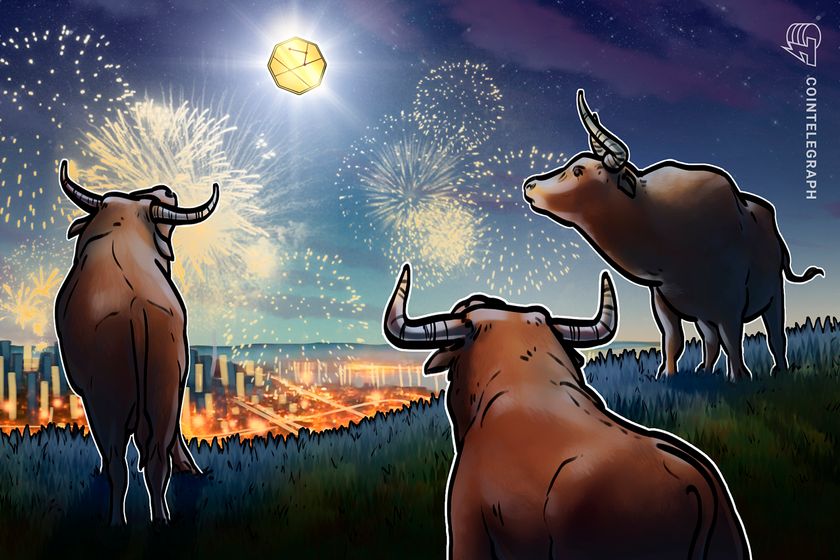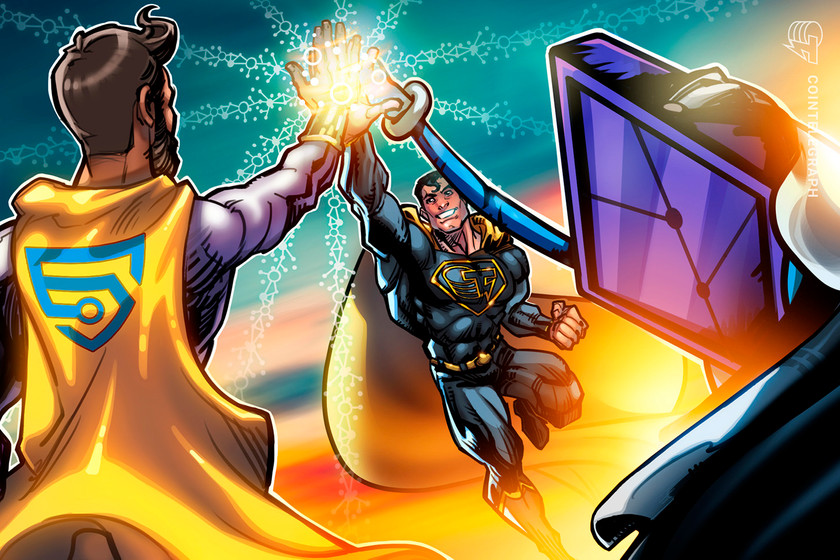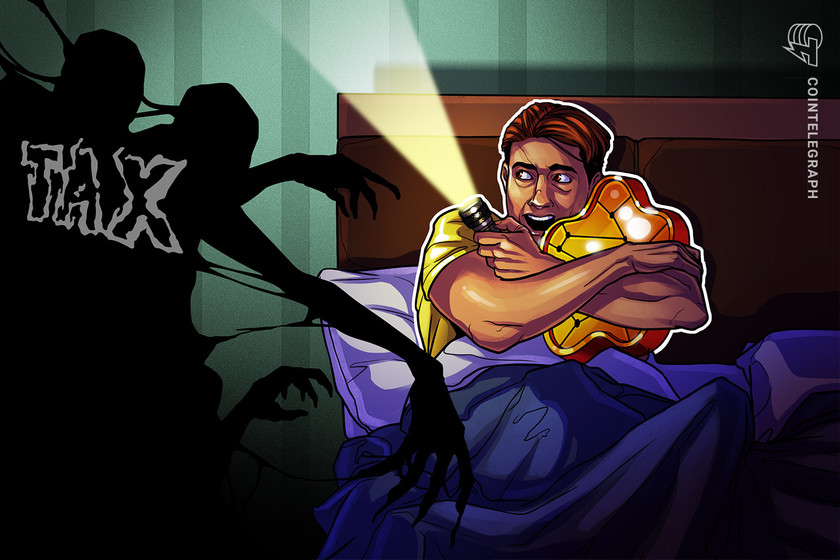Former US President Donald Trump launches ‘MugShot’-themed NFT drop


“Never surrender!” the former U.S. president wrote.
Former United States President Donald Trump is launching a third nonfungible token (NFT) drop, dubbed “MugShot,” centered around the theme of his ongoing criminal indictments.
According to the Dec. 12 announcement, the trading cards are purchasable via either credit card or Wrapped Ether (wETH) and are not transferrable until Dec. 31, 2024. Users will need to provide Know Your Customer (KYC) information to purchase the NFTs, even if they choose to pay with crypto. In explaining the rationale behind the collection, the collection‘s website reads:
Priced at $99 each, users who purchase 47 or more digital trading cards are eligible to receive “a piece of the president’s ACTUAL suit from his famous mugshot & dinner at Mar-a-Lago with the President.” This is Trump’s third NFT drop following previous successes. Melania Trump, former first lady of the United States and wife of Donald Trump, has also previously launched an NFT collection.


























